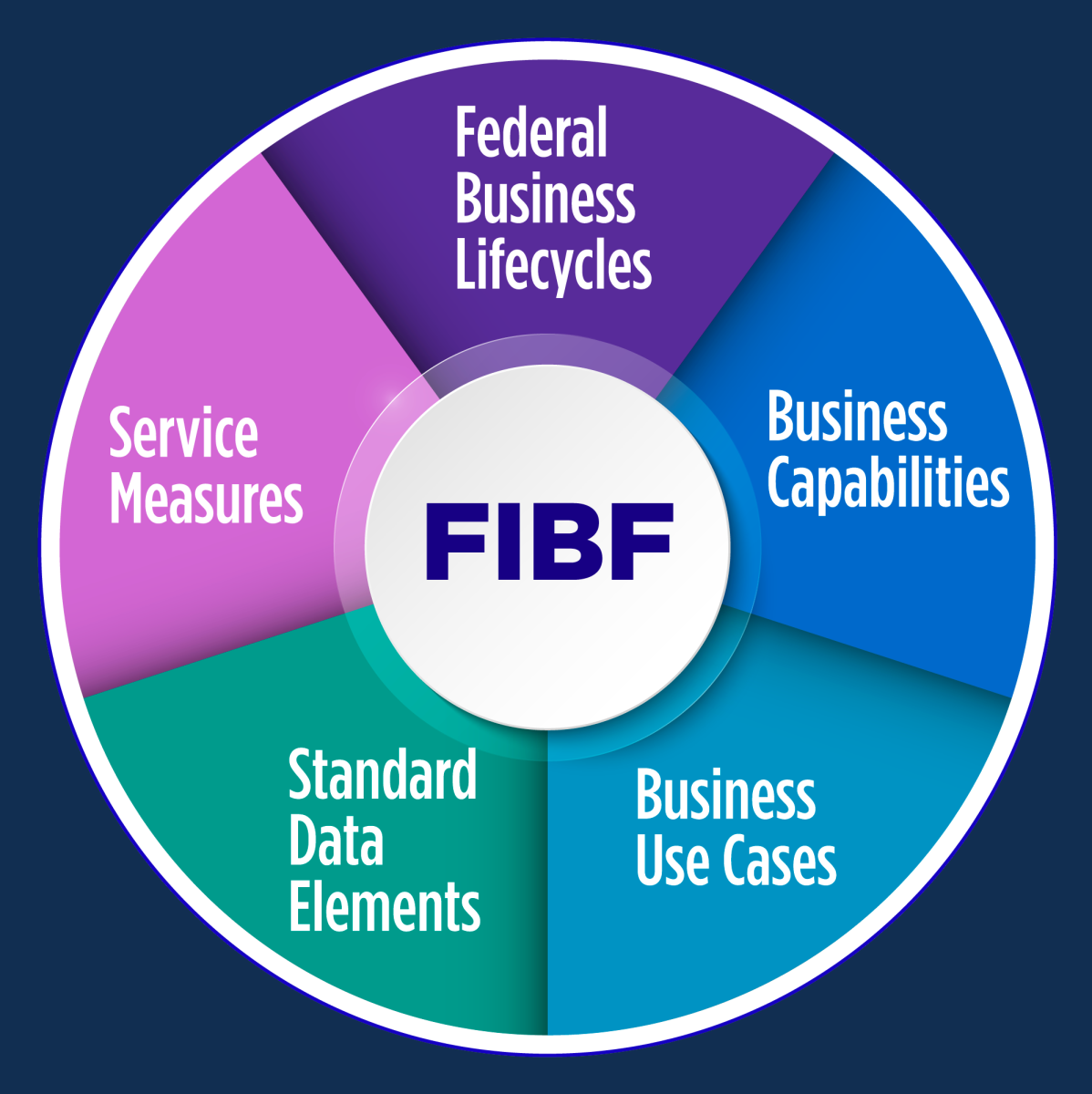
Federal Electronic Records Modernization Initiative (FERMI)
The Federal Electronic Records Modernization Initiative (FERMI) is NARA’s effort to provide a government-wide, modern, cost-effective, standardized, and interoperable set of records management solutions and services to Federal agencies. NARA identified the common, core requirements all Federal agencies need to support their records management programs. While Federal agencies may have different missions, structures, and resources, they do have common needs for managing their electronic records. They all need to manage their records in compliance with NARA’s statutes, regulations, and guidance. NARA serves as the Electronic Records Management Functional Area Lead for GSA's Unified Shared Services Management (USSM) office's Mission Support Business Standards.
